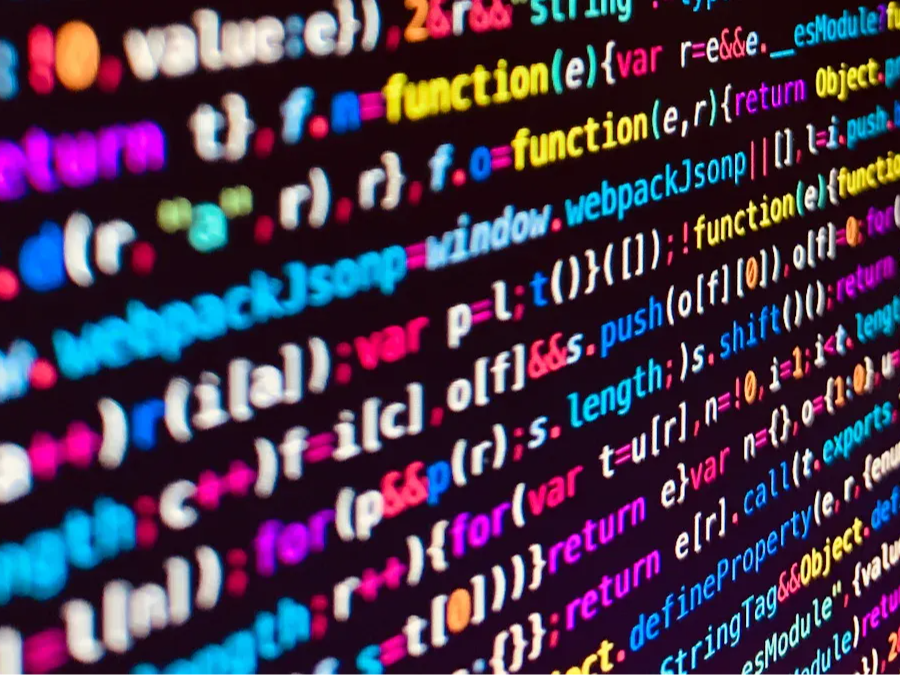Forward Chaining is a common reasoning method used in artificial intelligence, typically employed by reasoning engines for automated reasoning. It is a data-driven inference strategy that starts from known facts and applies a series of rules to derive new facts, continuing until a specific goal is achieved or no further conclusions can be drawn.
How Forward Chaining Works?
Forward chaining follows a bottom-up reasoning process, with the basic steps as follows:
Starting Facts: The reasoning engine begins with known facts from the knowledge base. These facts do not need to be derived from other facts and serve as the starting point for reasoning.
Rule Matching: The reasoning engine checks the rule base for rules whose conditions are satisfied by the known facts. Rules are typically in the form of "If... then...", where the "if" part is the condition and the "then" part is the conclusion.
Applying Rules: When the condition of a rule is satisfied by known facts, the rule is triggered, and its conclusion is added as a new fact to the knowledge base.
Iterative Process: The new facts may satisfy the conditions of other rules, triggering more rules. This process repeats, checking new facts each time, until the goal is achieved or no more rules can be triggered.
The reasoning process continues until a predetermined goal (e.g., diagnosing a disease or solving a problem) is reached, or when no new rules can be triggered.
Major Applications of Forward Chaining
Forward chaining is widely used in various fields, including but not limited to:
Expert Systems: In fields like medical diagnosis and fault detection, expert systems use forward chaining to derive possible diseases or causes of failure from symptoms.
Business Rule Systems: In industries such as finance and insurance, business rule systems use forward chaining to automate the execution of complex decision logic.
Production Rule Systems: In manufacturing, production rule systems use forward chaining to optimize production processes and quality control.
Intelligent Decision Support: Forward chaining helps decision support systems make decisions based on existing facts.
Challenges of Forward Chaining
Although forward chaining has widespread applications, it also faces some challenges:
Managing Large Rule Bases: As the rule base grows, managing the rules and ensuring their correctness and consistency becomes difficult.
Knowledge Base Incompleteness: The accuracy of the reasoning process heavily depends on the facts in the knowledge base. If the knowledge base is incomplete or contains errors, the reasoning results may be inaccurate.
Efficiency Issues: Forward chaining may trigger many irrelevant or inapplicable rules, leading to slow reasoning, especially when the rule base is large.
Adaptability Issues: In dynamic environments, forward chaining may not be able to update the knowledge base quickly enough, causing the reasoning process to lag behind environmental changes.
Rule Conflicts and Priority: In complex systems, multiple rules may apply to the same set of facts, leading to conflicts. Priority settings are required to resolve these conflicts.
Scalability Issues: As the system scales, the reasoning process of forward chaining can become complex and time-consuming, impacting the system's scalability.
Future Prospects of Forward Chaining
Forward chaining, as an important reasoning technique, has a broad future development potential. It may see advancements in the following areas:
Integration with Machine Learning: Combining forward chaining with machine learning algorithms can help better handle uncertainty and vagueness, improving the accuracy and adaptability of reasoning.
Combination with Backward Chaining: Using forward chaining in conjunction with backward chaining can leverage the advantages of both reasoning methods, improving reasoning efficiency and accuracy.
Expansion of Application Fields: Forward chaining will be increasingly used in medical diagnosis, intelligent transportation, financial risk assessment, intelligent manufacturing, education, and more.
Enhanced Autonomy and Intelligence: As AI technologies continue to develop, forward chaining will become more intelligent and flexible, able to adjust and optimize the reasoning process in dynamic environments.
With ongoing innovation and technological progress, forward chaining will provide robust support for more complex and dynamic decision-making, with widespread applications in various efficient decision support and problem-solving scenarios.








